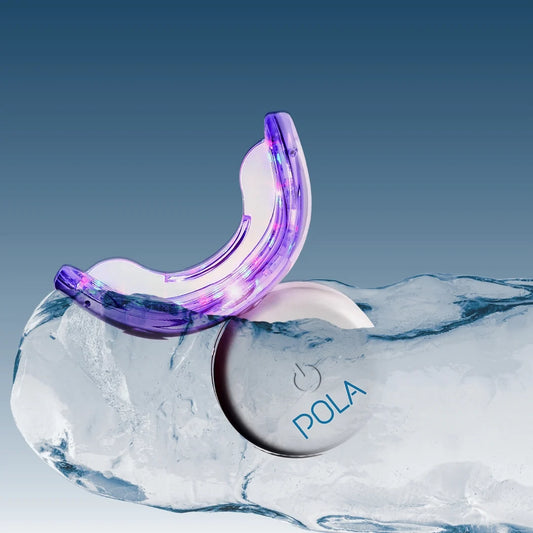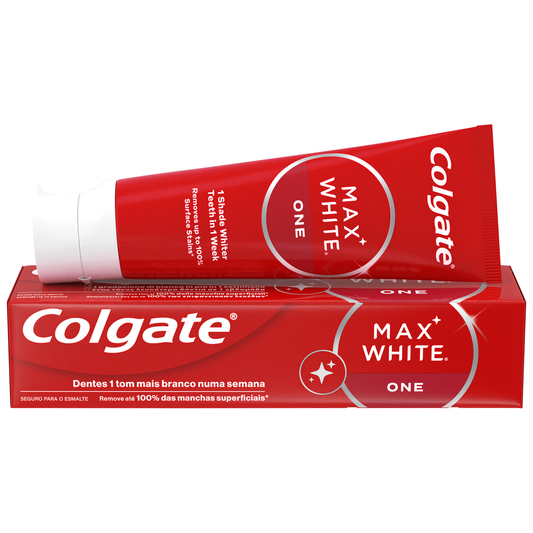The Latest Trends in Home Teeth Whitening:

Sustainability in the foreground
At-home teeth whitening has become increasingly popular as consumers seek effective and convenient solutions to improve their smiles. However, growing concerns about the environment and sustainability have led to a new wave of trends that combine aesthetic results with responsible practices. In this article, we explore the latest innovations in sustainable materials and practices in the at-home teeth whitening market.
1. Eco-friendly Packaging and Plastic Reduction
The cosmetic dental industry is taking significant steps to reduce its environmental impact. Teeth whitening brands are investing in eco-friendly packaging, such as recycled paper boxes and reusable glass bottles, to replace the excessive use of plastic. By opting for these solutions, companies are responding to the demands of consumers who prefer environmentally friendly products.
2. Natural and Non-Toxic Ingredients
Another trend that has been gaining momentum is the use of natural ingredients in teeth whitening formulas. Ingredients such as sustainably sourced activated charcoal, baking soda and coconut oil are being used as alternatives to harsher chemicals, without compromising effectiveness. These natural components are not only less harmful to teeth and gums, but also have a smaller environmental footprint, being biodegradable and non-polluting.
3. Reusable Whitening Kits
Reusable teeth whitening kits are taking the market by storm. Instead of single-use products that generate waste after each treatment, these kits include customizable trays or molds and LED lights that can be used over and over again. Not only are these devices a more sustainable option, they also allow consumers to have a high-quality product at home with less waste.
4. Sustainability Certifications and Cruelty-Free Products
Many brands are now investing in certifications that demonstrate their commitment to sustainability, such as the “Cruelty-Free” and “Vegan” seals. These certifications ensure that products have not been tested on animals and do not contain ingredients of animal origin. In addition, some brands are incorporating fair trade principles, ensuring that the materials used come from responsible and ethical sources.
5. Consumer Environmental Awareness
Consumers are increasingly informed and demanding when it comes to their choices. Environmental awareness is influencing purchasing decisions, with many prioritizing products that demonstrate a commitment to sustainability. Brands that can align their purpose with these concerns have a significant advantage in the market.
6. Low Energy Technologies
Some of the latest innovations in at-home teeth whitening include energy-efficient LED devices. Not only are these devices more energy efficient, they also have a longer lifespan, reducing the need for frequent replacements. So, in addition to ensuring a whiter smile, consumers are also helping to reduce their environmental impact.
Conclusion
The at-home teeth whitening market is evolving, with a clear focus on sustainability and responsible practices. Brands that can combine effectiveness with eco-friendly materials are leading this new wave of trends, and consumers looking to care for their smiles in a conscious way have more and more options at their disposal. By opting for more sustainable solutions, you’re not only improving your smile, you’re also contributing to a healthier planet.
Sustainability is the future of teeth whitening, and eco-friendly products are transforming the way we care for our teeth, without compromising on beauty or environmental health.



